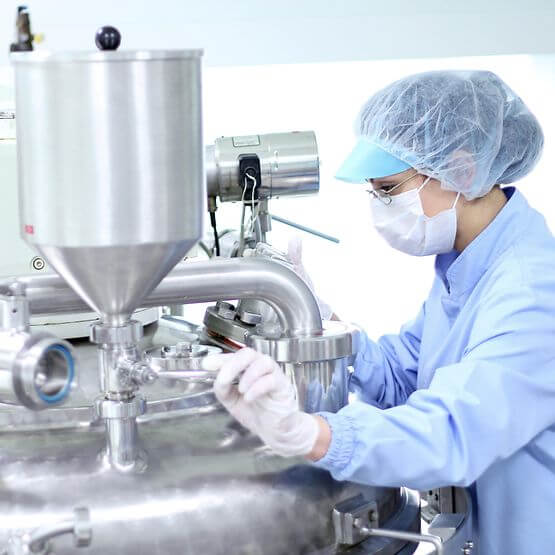As automation technologies continue to incorporate commercial off the shelf technologies and cybersecurity concerns grow, the need for manufacturers’ Information Technology (IT), Operational Technology (OT) and Quality teams to collaborate grows.
In a PharmTech article, Improving Production: How IT, OT, and Quality Can Collaborate, Emerson’s Will Goetz and Ron Rossbach describe how the different groups must work together to use the data from the plant to improve performance.
They open citing an IndustryWeek survey that:
…suggests a need to more closely align IIoT [Industrial Internet of Things] pilots with business objectives. According to the survey (2), 60% of respondents were exploring or investing in IIoT pilot projects, but only 5% said they were investing against a clear business case for how to best implement the technology. Another problem, which amplifies the challenges, is that these projects were often not assigned a clear functional owner within the business—28% of respondents cited operations as leaders in IIoT, followed by IT and engineering at 24% each.
 Other obstacles manufacturers encounter in their digital transformation efforts include immature predictive analytics, large-scale data aggregation and contextualization, and lightweight interconnection protocols specific to the Life Sciences industry. And:
Other obstacles manufacturers encounter in their digital transformation efforts include immature predictive analytics, large-scale data aggregation and contextualization, and lightweight interconnection protocols specific to the Life Sciences industry. And:
…quality control and assurance functions are often isolated from the IT and OT groups within life-sciences companies, making changes more complex to implement.
Will and Ron explain four ways to foster improved collaboration among IT and OT teams:
- Understand the business objective
- Be an OT technology advisor and expert
- Collaborate across functions
- Build for success and scale, not size
Key in digital transformation initiative is a strategy which includes the business drivers and enablers and is in alignment across functional areas. The drivers:
…look at capabilities and performance relative to industry benchmarks in key areas, such as production management, reliability and maintenance, safety and security, and/or quality and compliance. Enablers are the capabilities for organizational effectiveness that enable integration of systems and data.
Read the article for more on the other 3 ways to build the collaboration required to successfully advance along the digital transformation path.
They conclude:
Life-sciences companies that get IT, OT, and quality groups to collaborate and who drive successful adoption of new approaches will enhance their digital capabilities and overall performance, from plant floor operations to enterprise profitability.
Visit the Life Sciences & Medical section of Emerson.com for more on ways to improve performance through better data management, real-time product quality, reliability, and operating costs. You can also connect and interact with other pharmaceutical, biotech and digital transformation experts in the Life Sciences and IIoT & Digital Transformation groups in the Emerson Exchange 365 community.

